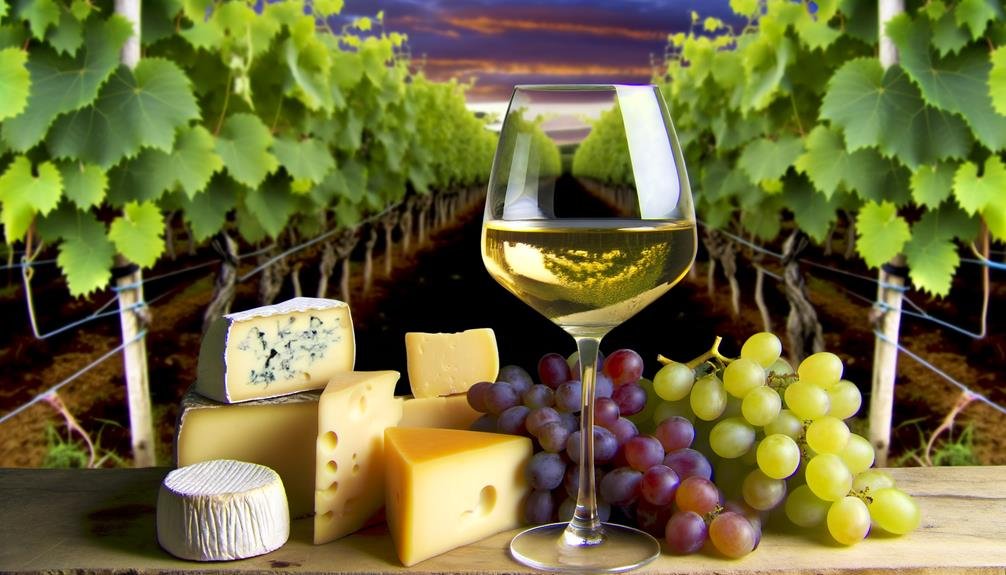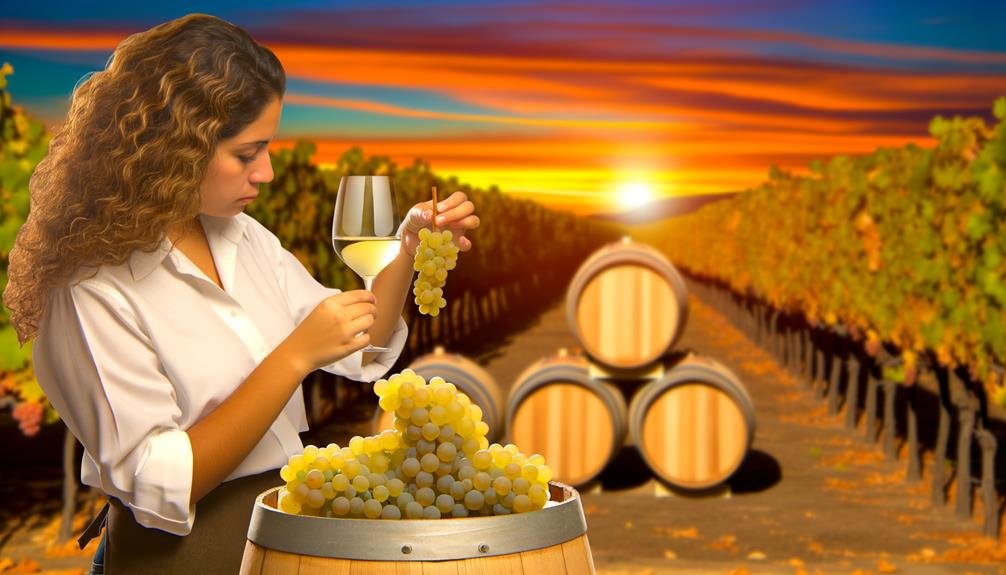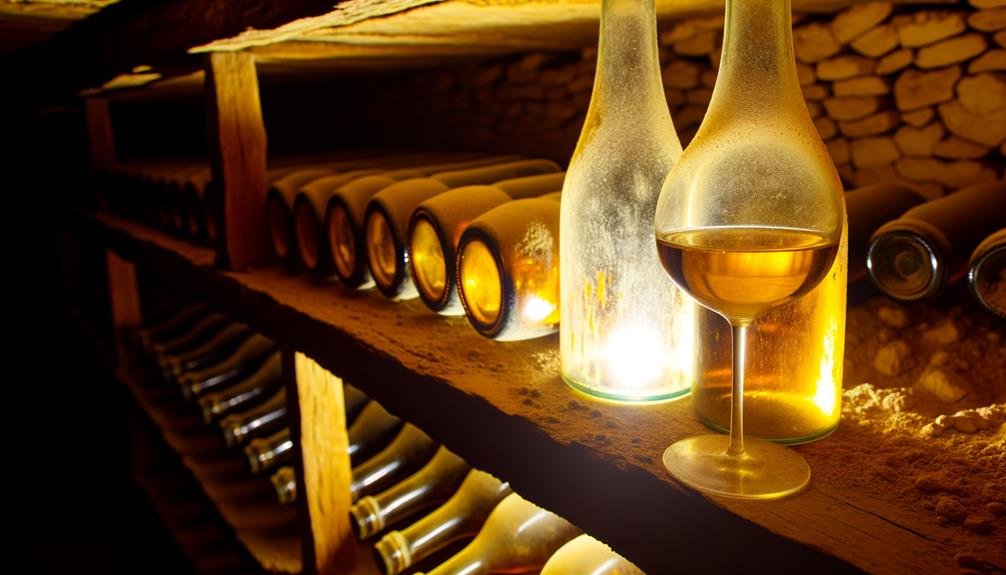White wine has long been overshadowed by red wine in terms of perceived quality and complexity. However, recent years have seen a resurgence in the appreciation of white wine, thanks to dedicated winemakers who prioritize vineyard care and innovative techniques. The outdated belief that white wine is only a budget-friendly option is being challenged as these wines showcase remarkable depth and elegance. This shift in perception highlights the evolving landscape of white wine, revealing its true potential for sophistication and refinement.
Winemakers are investing more time and resources into crafting exceptional white wines, utilizing advanced methods to enhance flavors and aromas. For example, Chardonnay from Burgundy in France and Riesling from Germany are gaining recognition for their complexity and finesse. These wines are not just light and fruity; they can also exhibit layers of flavors, such as citrus, tropical fruits, and minerality, making them a delightful choice for wine enthusiasts seeking something beyond the usual red wine options.
The newfound appreciation for white wine is also evident in the increasing demand for aged white wines. Just like red wines, white wines can develop nuanced flavors and textures with time, challenging the misconception that only red wines benefit from aging. Winemakers are experimenting with different aging techniques, such as oak barrel aging or extended lees contact, to create white wines with a rich and creamy mouthfeel, adding a new dimension to the white wine drinking experience.
Overall, the resurgence of white wine showcases a shift in consumer preferences towards more diverse and sophisticated options. By exploring the world of white wine beyond its traditional stereotypes, wine lovers can discover a whole new realm of flavors and complexities, offering a refreshing alternative to the usual red wine choices.
White Wine Misconceptions

Despite its increasing popularity, white wine still faces misconceptions that undermine its complexity and quality.
One common myth is that white wine is inferior due to its lower price compared to red wine. This overlooks the advancements in white winemaking that have improved its quality.
Some also underestimate white wine, believing it lacks the depth of red wine, ignoring the expertise needed to craft exceptional varieties like Mosel Riesling.
Another misconception is that white wines do not age well; however, examples like Rioja Blanco and Boal Madeira prove that certain white wines can develop beautifully over time, revealing their intricate flavors.
These misconceptions unfairly limit the true potential of white wine.
Economical Yet Quality
White wine offers exceptional quality at an affordable price, thanks to advancements in winemaking technology. Innovations in the industry have made it possible to produce high-quality white wines without the need for extensive aging or oak barrels, which has significantly reduced production costs.
This cost-efficiency is reflected in the prices for consumers, making white wines a sophisticated yet budget-friendly choice. Additionally, the demand for premium white wines ensures that lower prices do not compromise quality.
Embracing these technological advancements allows wine enthusiasts to enjoy a wide selection of exquisite white wines that challenge traditional stereotypes and offer a refined drinking experience.
Skillful Winemaking

Crafting high-quality white wines requires a deep understanding of vineyard management and winemaking techniques. White winemakers utilize advanced technology and precise methods to produce cost-effective yet sophisticated wines. By carefully selecting grapes, controlling fermentation, and skillfully blending, they create white wines that rival the complexity of reds.
For instance, Mosel Riesling is known for its crisp acidity due to cool fermentation, while Vintage Champagne achieves a rich, creamy texture through extended lees aging. Rioja Blanco stands out with enhanced complexity from barrel fermentation. These techniques showcase the artistry and precision involved in white winemaking.
Innovations in this field have shattered misconceptions, demonstrating that white wines can be just as age-worthy and serious as reds. The appeal of these wines lies in the meticulous craftsmanship and scientific expertise that go into each bottle, making them a delightful choice for wine enthusiasts seeking depth and complexity.
Descriptions and Perceptions
White wines are often misunderstood and unfairly simplified, overshadowed by their red counterparts. They are frequently labeled as 'light' or 'fruity,' neglecting their intricate flavors and characteristics. This misconception is reinforced by their lower prices, mistakenly linking affordability with lower quality.
In reality, white wines boast a diverse range of flavors and aromas, from the mineral notes of a Mosel Riesling to the velvety texture of a well-crafted Chardonnay. Through innovative winemaking techniques and a focus on terroir, white wines have evolved to rival reds in terms of complexity and depth.
It's time to appreciate white wines for the sophisticated gems they truly are.
Ageing Potential

White wines are often underestimated when it comes to ageing potential, but in reality, they can surprise with their ability to develop complexity and quality over time. Modern winemaking techniques have significantly improved the longevity of white wines, challenging the misconception that only red wines can age well.
Here are a few standout examples that showcase the impressive ageing potential of white wines:
- Rioja Blanco: Originating from Spain, Rioja Blanco is a white wine that can age gracefully for many years, allowing its flavors to become more intricate and sophisticated with time.
- Vintage Champagne: Renowned for its ability to age for an extended period, vintage Champagne offers a delightful journey of evolving flavors, from refreshing zest to luxurious richness, making it a truly special choice for those seeking a unique wine experience.
- Boal Madeira: As a fortified white wine, Boal Madeira has the remarkable capability to mature elegantly for up to a century, unveiling layers of complexity that continue to evolve over time, making it a true gem for wine enthusiasts.
These exceptional examples reveal the hidden potential of white wines to age beautifully, proving that they are not to be overlooked when it comes to depth, craftsmanship, and quality.
Conclusion
In conclusion, white wines are defying expectations with their exceptional quality and affordability, challenging misconceptions in the process.
Winemakers are showcasing their expertise through careful vineyard management and innovative techniques, highlighting the evolution of white wine.
With an increased focus on complexity and aging potential, white wines are establishing themselves as sophisticated and refined options.
It's evident that white wines, previously underestimated, are now gaining recognition for their serious appeal in the wine industry.